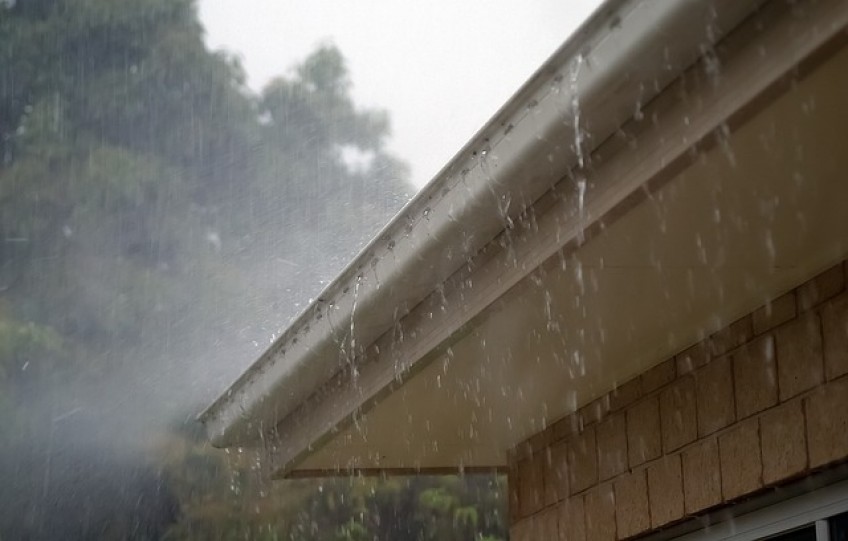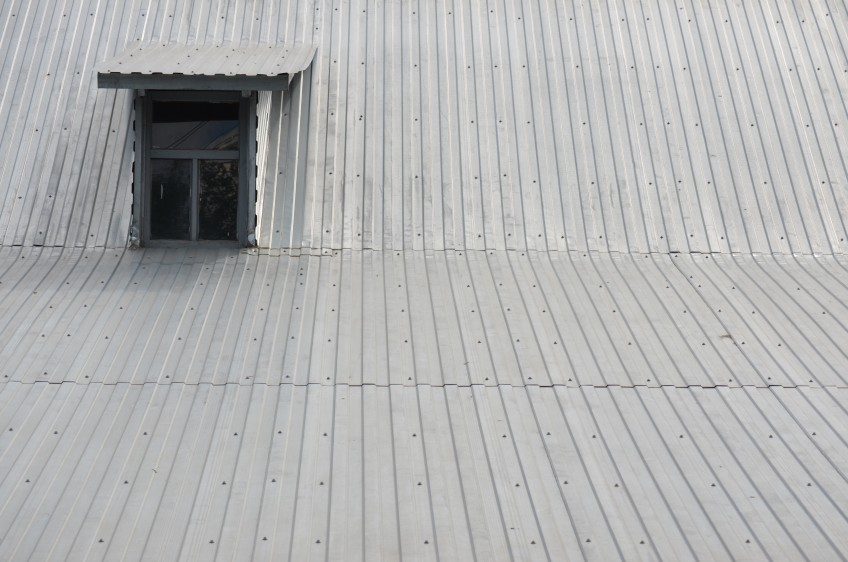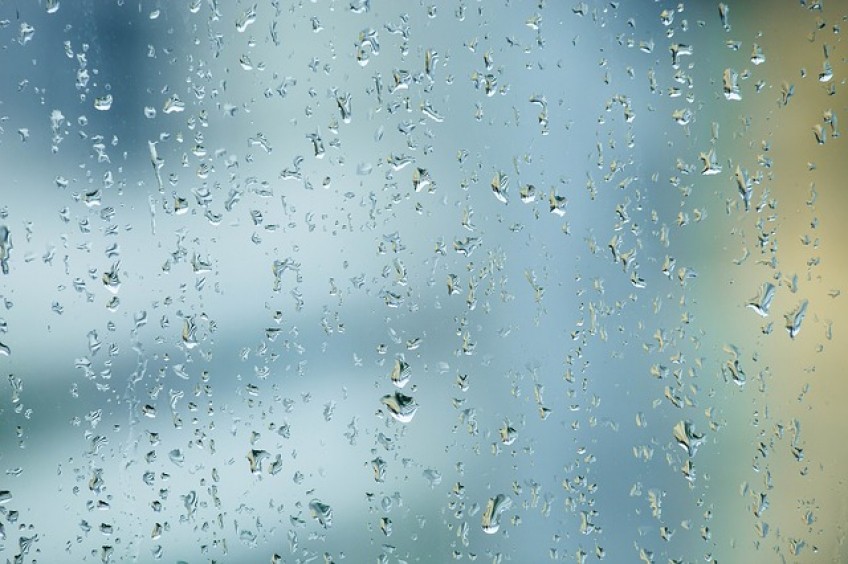Introduction
We’re here to brighten your day…or at least your windows. Clean and clear windows go a long way toward improving your home’s appearance both inside and out. Tackle this perfect DIY task to save money while seeing the satisfaction of a job well done!
Step by step
We highly recommend you have the listed tools on hand as it will be much easier and more effective than a roll of paper towels and a bottle of spray cleaner!
This is also a good job to combine with your "Caulk & Weatherstrip Windows & Doors" task, which will help save your home from water intrusion and improve energy efficiency. If you also plan to "Powerwash Home's Exterior", it is best to do this before you wash the windows, as you will otherwise dirty them again while powerwashing.
Below is a tutorial video that demonstrates the same process we've outlined here.
- Get Ready
Get your tools and material listed in the green box ready. Be sure your ladder is up to safety standard if you haven’t done so within the past year.
Replace the rubber on your squeegee if needed. A good rubber strip with no nicks and cuts will ensure a clean window.
Mix a solution of window washing fluid consisting of 1 part mild dish detergent to 5 parts water.
Clean the Interior Windows - Prepare the Interior
Scrape the big stuff
Wet your applicator, wring out excess water, and use it to mark any big or tough stuff on the glass like paint or other hard stuff. Use your scraper to clear the glass of these large, hard deposits. You can start with the plastic scraper for most items, and use the glass (razor) scraper for the more stubborn items. You shouldn't have too many spots like this on your interior windows.
Note: Scrapers should only be used on wet glass and if using a razor scraper, be sure the blade is sharp to avoid scratching the window. Be sure to dampen any areas you need to scrape before doing so. - Wet Window and Squeegee
Submerge your applicator in the cleaning solution. Remove and squeeze dry so the applicator is damp but not dripping.
Working from top to bottom, thoroughly scrub the surface of the window. Avoid excess water by resting your applicator on top of the bucket between windows. You likely won't need to wet it each window as the cotton holds water very well.
Use the microfiber cloth to clear a ½" strip along the top and left sides of the glass.
Use the squeegee to wipe the window down, moving with smooth singular strokes from top to bottom. Start at the left and work your way across the window. Wipe the rubber strip of your squeegee between strokes if needed to avoid streaks. Overlap your motions by about 2". - Clean the Window Sill
Open the window and wipe out the windowsill. You may find quite a bit of dirt and dust, so have plenty of paper towel on hand. Remember to wipe down the underside of the window as well, or else you'll just re-dirty the window sill when you close the window. - Finish Up
The window should be dry and streak free now but you’ll likely have some small areas or stubborn residue you missed. Use your fine steel wool to rub these areas clear. Then use a dry rag to wipe up any streaks our water around the window frame and sill.
Repeat until all interior windows are finished.
Clean the Exterior Windows - Prepare the Exterior
Start with the second story windows. Be very careful working from a ladder. Be sure to read our "Ladder Inspection" article and follow all the guidelines.
Clean the Screen
Remove the window’s screen and place it on the ground. Use a handheld brush to quickly brush off the screen of dust, dirt, and cobwebs. Then use a lint free cloth rag that is damp from your window washing solution to wipe down the frame and both sides of the screen. Leave the screen propped up against the house to let it dry while you clean the window.
Clear the Cobwebs
Use the handheld brush to clear the window area of any dirt, leave, cobwebs, etc.
Scrape the big stuff
Similar to the interior, wet your applicator, wring out excess water, and use it to mark any big or tough stuff on the glass like bird droppings or mud. Use your scraper to clear the glass of these deposits. Be sure to dampen any areas you need to scrape before doing so. - Wet Window and Squeegee Clean
Fully wet the window with the damp applicator. Wipe the 1/2" strip along the top and left side of the window with your rag. Squeegee clean from top to bottom, moving left to right.
Clean out the window sill area where the screen was with a damp cloth.
After cleaning. Wipe any drips off of the casing and windowsills immediately with a dry rag. - Inspect the Caulking
Check the window caulk for cracks and gaps. If you see any, you should plan to caulk the windows, which will protect your home from water intrusion and seal against air leaks. Typically this task should be done a year after a new home is built, and every 5 years thereafter. It is still wise to inspect when you wash as conditions may warrant caulking more often. - Check for Foggy Windows
You should also look for broken glass or foggy windows. Foggy windows are caused by condensation inside the panes, which results from broken seals around the glass. You don’t need to replace your entire window as you can have just the glass itself replaced by a local contractor. - Reinstall the Screen & Repeat
Reinstall your screen and go on to the next window. Remember to always work from top to bottom.
Repeat until all the exterior windows are finished. - Mark Complete
Make sure to mark this complete in your My Home section. We'll remind you to complete again in 6 months.
Now take a step back to admire your handiwork. We’re confident you’ll feel this was time well spent!




